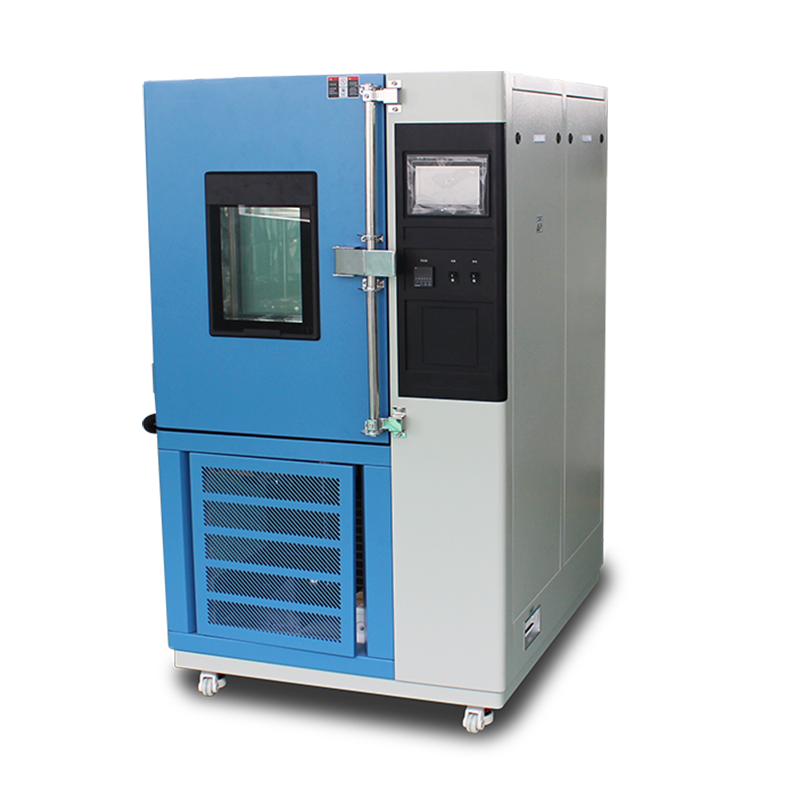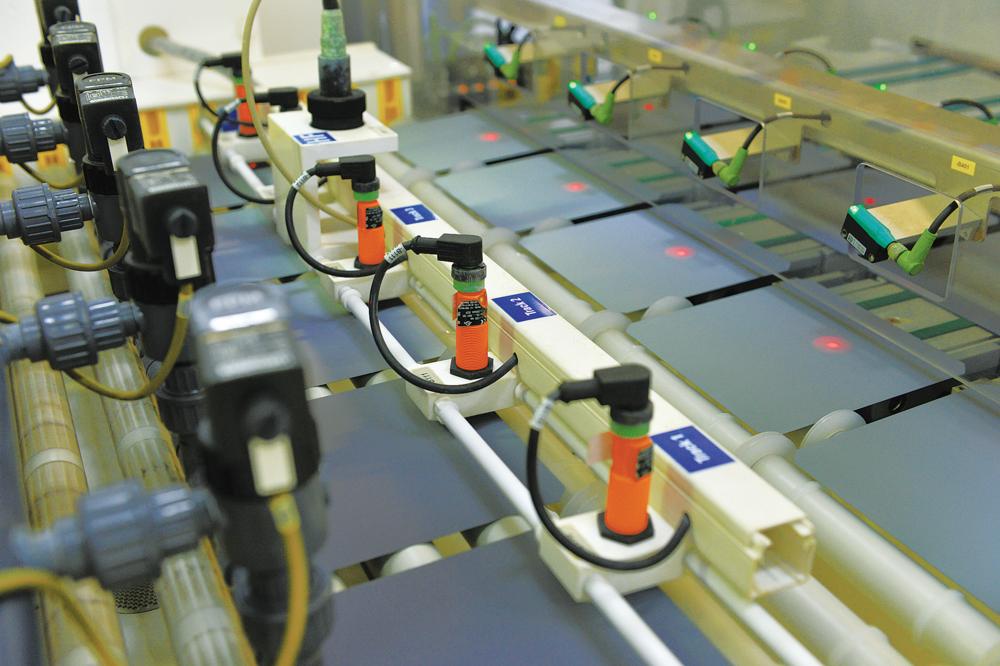The ozone concentration in an ozone aging test chamber depends on the required ozone concentration for the test and the performance of the equipment. Typically, the ozone concentration in an ozone aging test chamber ranges from 50 to 1,000 ppm or 50 to 300 ppm, depending on the specific requirements of the test and the capabilities of the equipment.

For materials with weak ozone resistance, a lower ozone concentration can be used for testing. In contrast, for materials with strong ozone resistance, a higher ozone concentration is appropriate. The ozone concentration in the test chamber can also be adjusted according to test standards or customer requirements.
When conducting ozone aging tests, the ozone concentration should be determined based on the test requirements. Generally, a higher ozone concentration leads to more pronounced aging effects but also accelerates the aging rate of the material. Therefore, when selecting the ozone concentration, it is important to consider the material's ozone resistance and the purpose of the test.












